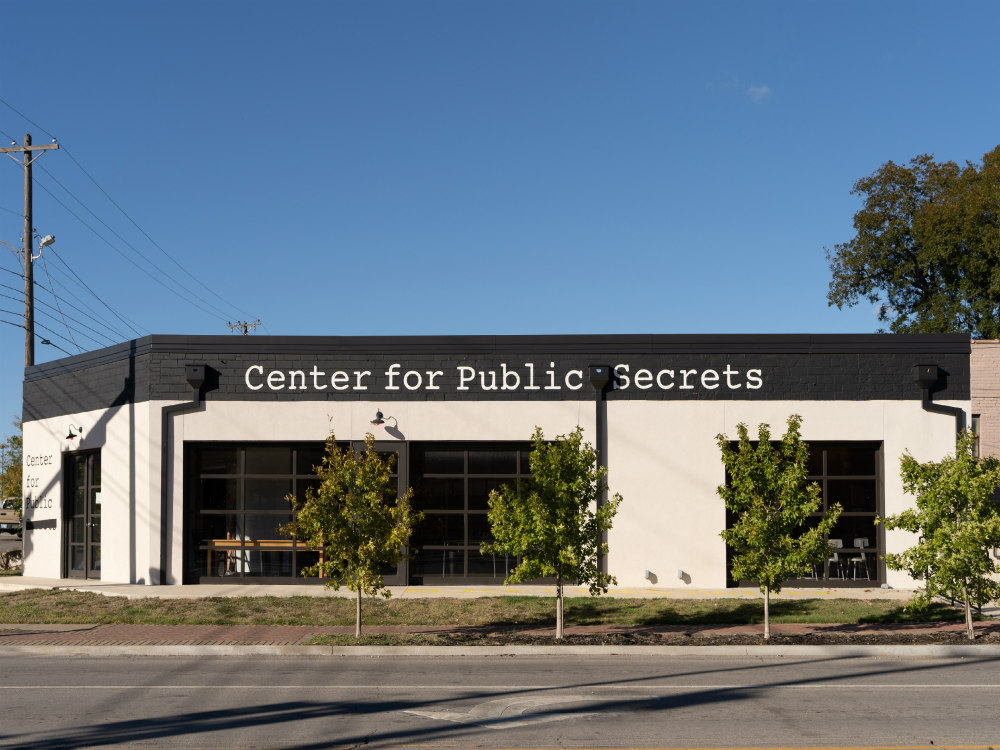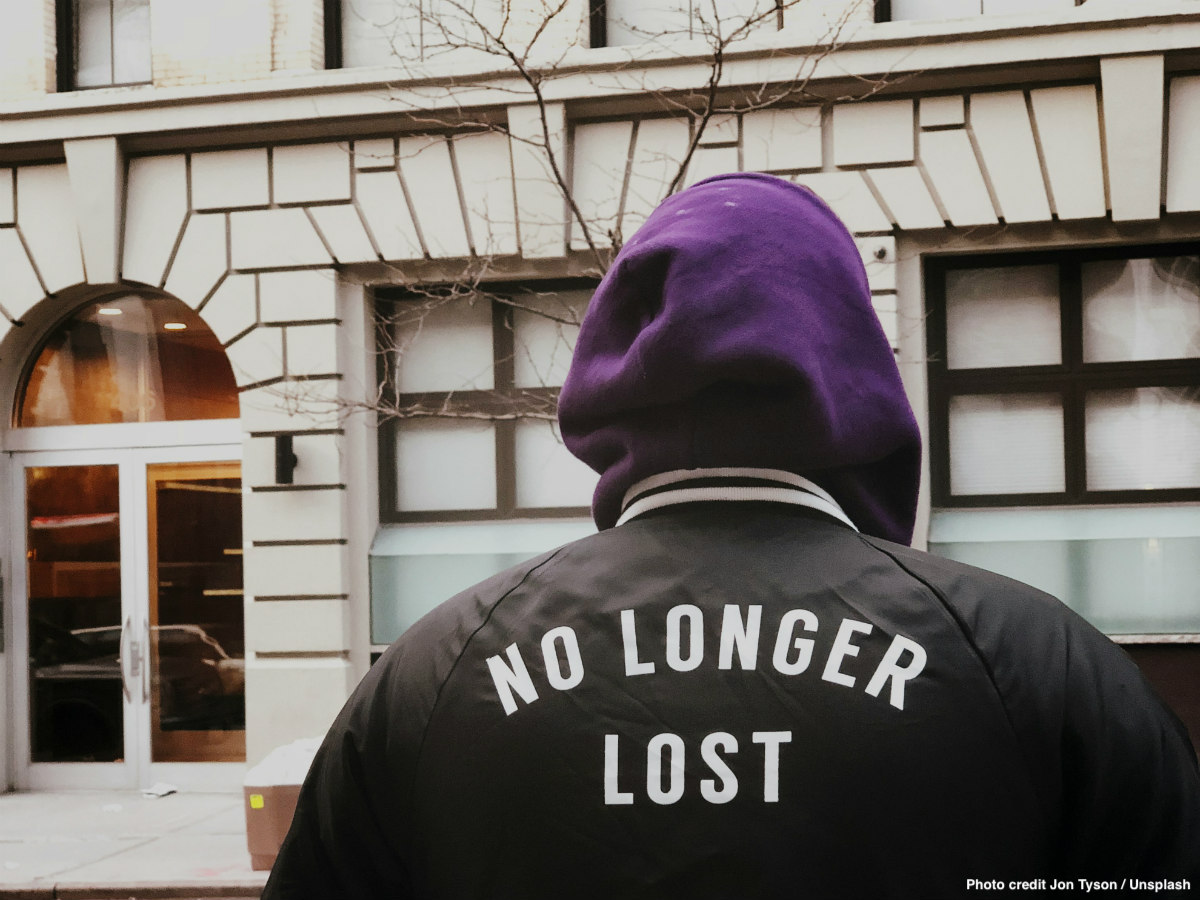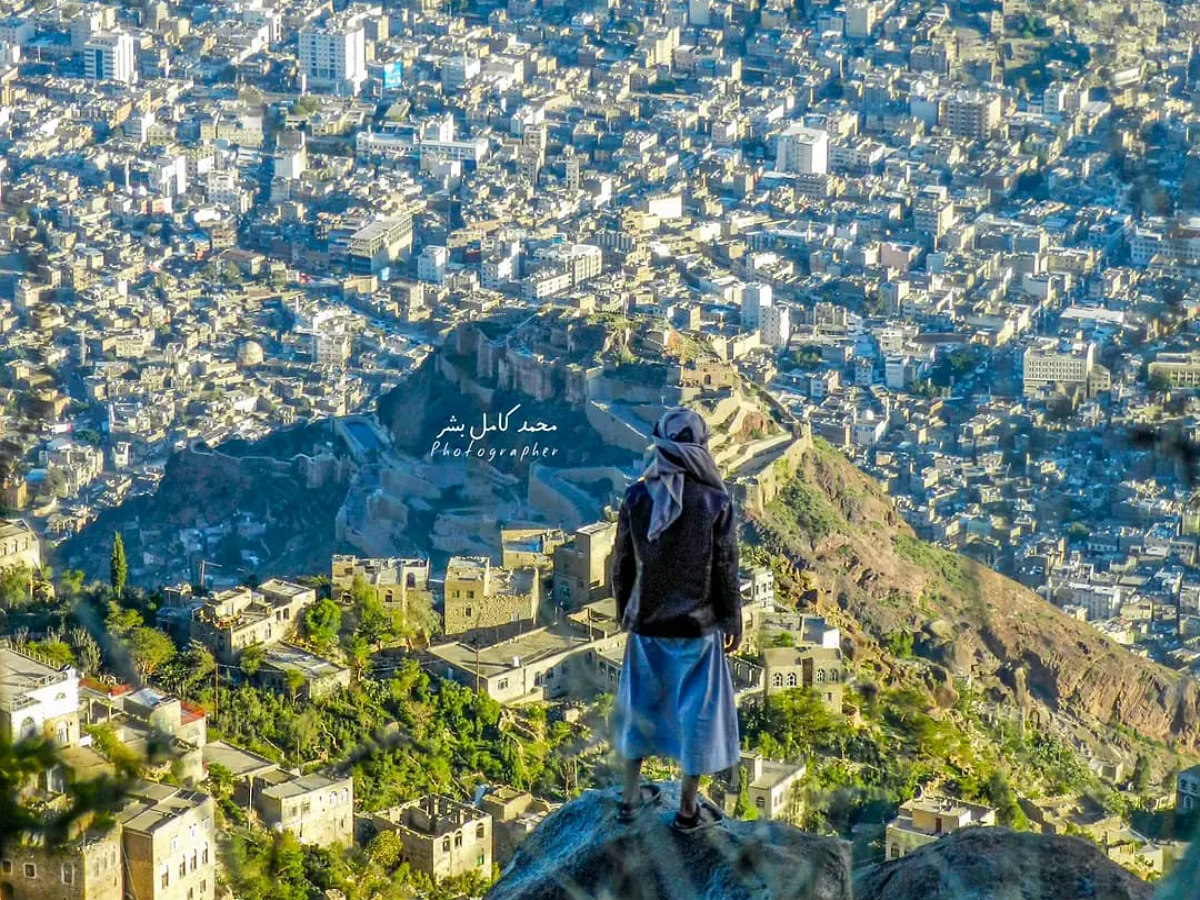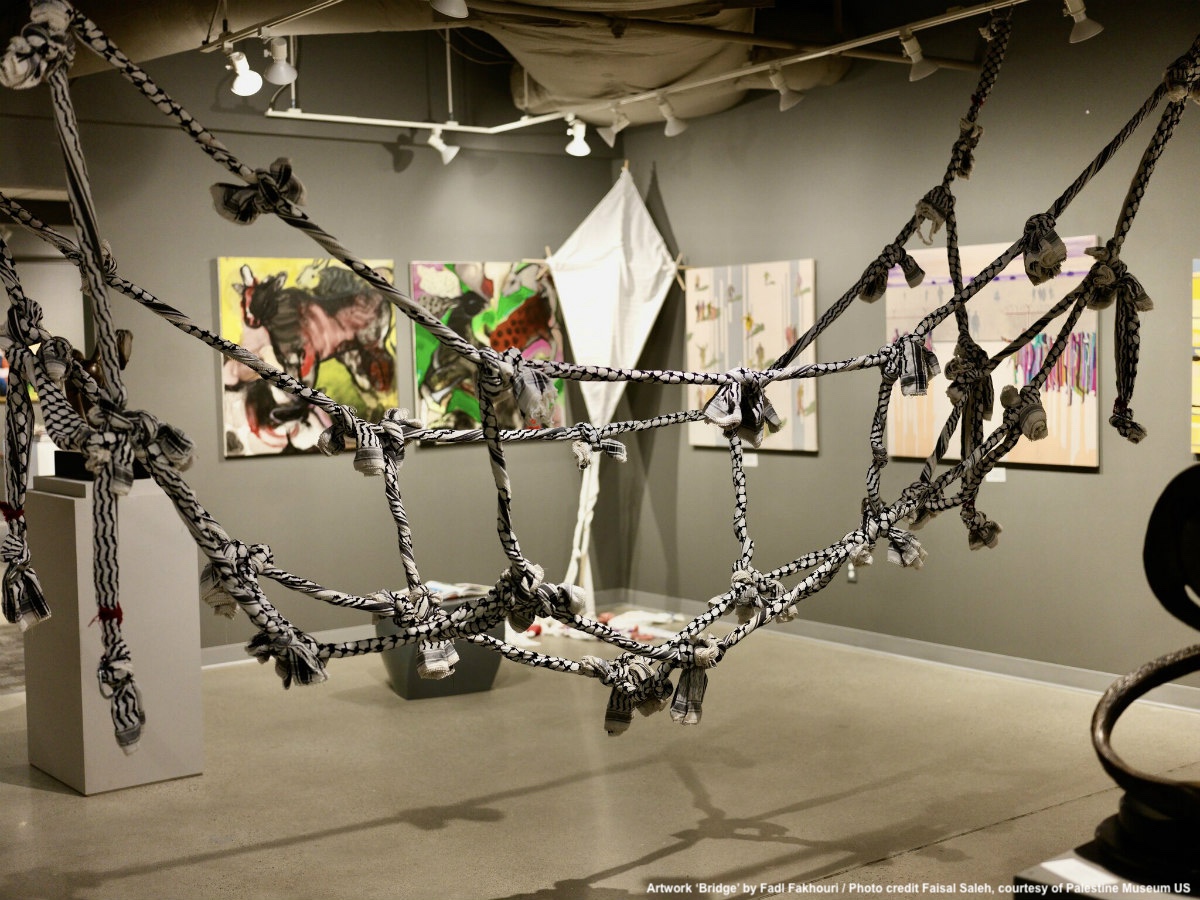As curator, author, and museum director Laura Raicovich, among others lauded and missed, has so succinctly underscored in her work, actions, and words, museums and cultural institutions have never been neutral spaces. They are insidiously and “profoundly raced, classed, and politicized.” For many, this may not read all that revelatory; what is revealing, and profound, is the growing currency decolonization has had within institutions.
While we must acknowledge the inherent aporias within such endeavors, especially when helmed by settler/ruling classes, the work is necessary. In Tulsa, where the Race Massacre of the Greenwood community, also known as Black Wall Street, marked the centennial last year, the desire to protect the image of the city is so strong it doesn’t always do the right thing nor think about longer term consequences. It is in this light that the Center for Public Secrets is a beacon in a city that has historically neglected to take responsibility for its actions. The story is so specific yet articulates what has gone on in the U.S. forever basically and continues today.
In the early 2000s, against this white-washed background, Lee Roy Chapman (1969-2015) a native white Tulsan, self-taught and award-winning investigative journalist, set-out to recover the suppressed, forgotten and overlooked histories of Tulsa and greater Oklahoma and make them accessible to the public enabling their own critical awareness or deference. While Lee Roy’s mortal time ended too soon, his spirit and work live on through his family, friends, and community who’ve come together to inaugurate the Center for Public Secrets.
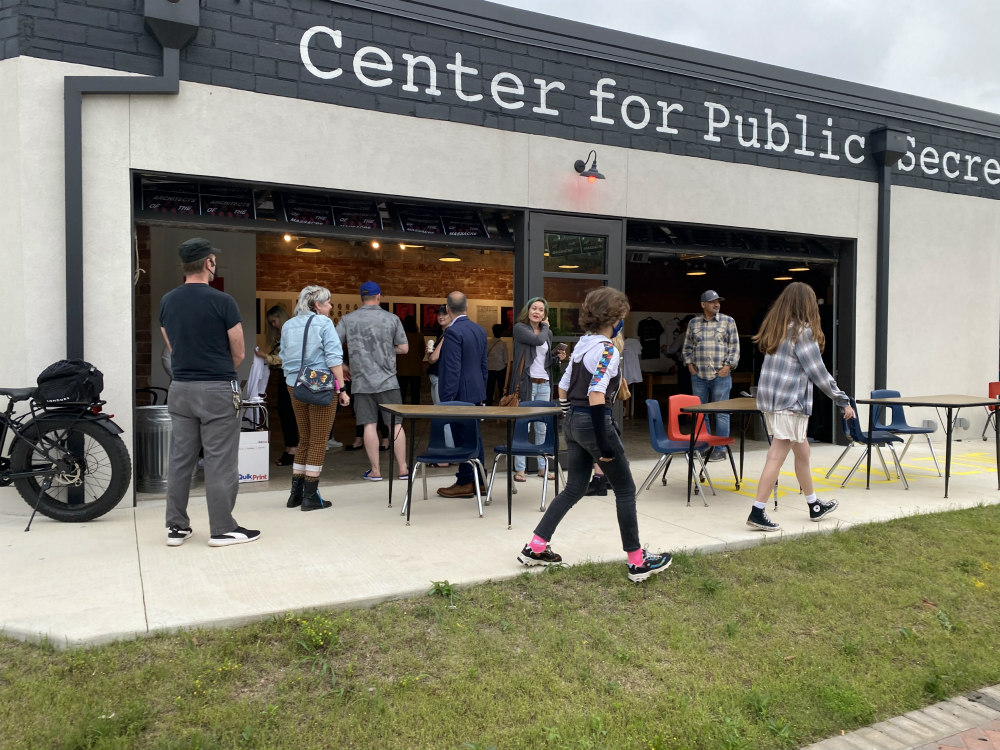
I had the pleasure to speak with Lee Roy’s sister, Whitney Chapman, executive director of the center. I began asking her about her foray into that world and what she thinks should be the role of a cultural institution generally and specifically in the context of Tulsa. “The Philbrook Museum in Tulsa did a great job over the Centennial of the Tulsa Race Massacre focusing on the now and the great things that are coming out of Greenwood and not necessarily talking about the struggles of Greenwood and the massacre itself,” she says.
Yet Chapman argues that institutions like the Tulsa Historical Society really want to preserve history the way it was documented by this one group of people, which is really interesting, she explains, because some of those folks who were the first documentarians of the history of Tulsa were also architects of the massacre.
It’s just interesting the lines that have been drawn through these elite Tulsans and how they’ve continued to tell the story. I believe it’s not about the preservation of history, rather it’s more about exploration around history, Chapman says.
She continues that her challenge for those institutions is to not be afraid of exploring it further. “I think they worry about what it will expose as there are a lot of families who’ve benefitted from a particular narrative. And while the massacre itself is not their “fault,” I do think they are responsible for being able to have and allow conversations around it”.
One of the things that the Center for Public Secrets is really trying to do is pursue this idea: history isn’t stopping, it’s continuing, and we can’t leave the history of Tulsa to historians alone within the confines of a standardized box which could be officially labelled as an institution or museum. Settler/ruling classes, particularly white folk, have the privilege to take responsibility, be accountable, and give way to new approaches and, in the case of Tulsa, ask what are the stories that have been suppressed, that are the most meaningful and going to have the most impact. And then how can cultural institutions bring those stories to light utilizing different platforms to get information out there.
From articles to videos to art installations and performances, delivering these recovered histories through engaging, tangible means was as integral to Chapman’s work as the recovery itself because it engaged as diverse types of people into the conversation, whereby the whole process becomes a kind of performative recovery that can situate and insinuate itself anywhere. It calls to mind such profound and insightful projects as Forensic Architecture or Wolfgang Tillmans’ Truth Study Center. Chapman named it, “Center for Public Secrets.”
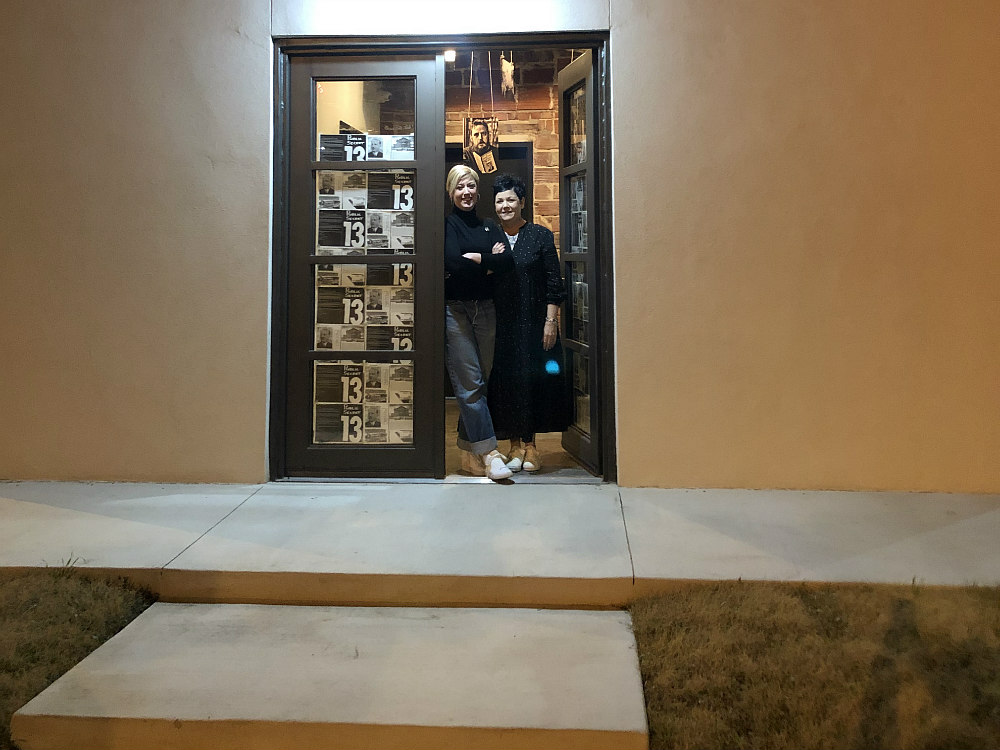
One of the more poetic aspects about the Center for Public Secrets is that it became an institution, so-to-speak, as one incredible person’s idea long before the recent brick and mortar. Whitney Chapman remembers when her brother told her about this idea in the early 2000s: “I’m working on this thing and it’s called the Center for Public Secrets and what I want to do is just bring all this information that’s already out there to the public.”
There’s documentation, but it is really hard to go and find it for yourself, and so that’s how he became, in his words, a “history recovery specialist”: finding the history of Tulsa and beyond, bringing it back, creating the narrative around it, explains Chapman.
His revered article on Tate Brady, The Nightmare of Dreamland is a great example. There were all these assumptions that Tate Brady was in the Ku Klux Klan, but taking the time, which was a lot, reflects Chapman, and putting the facts to it, and giving access to it, in this case with This Land Press, was really his whole intent and led to years long community discussions and eventual name changes. Further collaborations with This Land Press, generated the Public Secret videos series reaching a wider audience while his “gorilla-style” exhibitions and performances offered an immersive experience to address complicated issues like the politics, corruption, and influence within a kind of religiosity in Tulsa, in particular The Christian Crusade Hargis’ media empire, that he staged in an old, abandoned church. Or shifting the lens to celebrate the overlooked as emulated in the work of fellow Tulsan, Larry Clark, whose first Tulsa exhibition was wheat-pasted by Lee Roy Chapman in an abandoned building.
Lee Roy Chapman’s “DIY” strategies and determination have become, literally and figuratively, an institution and a community with lasting impact and ongoing inspiration. “I had no idea about the impact his work had in the city,” recalls Chapman. “At my brother’s memorial there were probably 500+ people all from different communities and walks of life. I was just blown away. So many shared how much of a loss it was for the city and how there’d now be a big hole with no one doing this work … I didn’t want that to go away. So over many dinners and meetings with some of his closest friends we all pulled together and made this happen without knowing what to expect and we’re still working through what ‘it is’ and really it’s a labor of love from those who loved Lee and those who loved the city and want to make the city better.”
The community of Tulsa itself is the essential premise of the Center for Public Secrets whose stated vision is “to inspire, engage, and nurture the next generation of history recovery specialists by learning from our past to impact a better future.” Pivotal to that aim is understanding the history of Tulsa as an activity of collective exploration as opposed to an act of preservation. Currently the Center has an extended exhibit around the Architects of the Massacre, taking a much more in-depth look at what happened over three years from the building up to the massacre and how the city elite and institutions, government and law enforcement really got together to set the tone for the massacre to happen in 24 hours—that didn’t just happen in 24 hours.
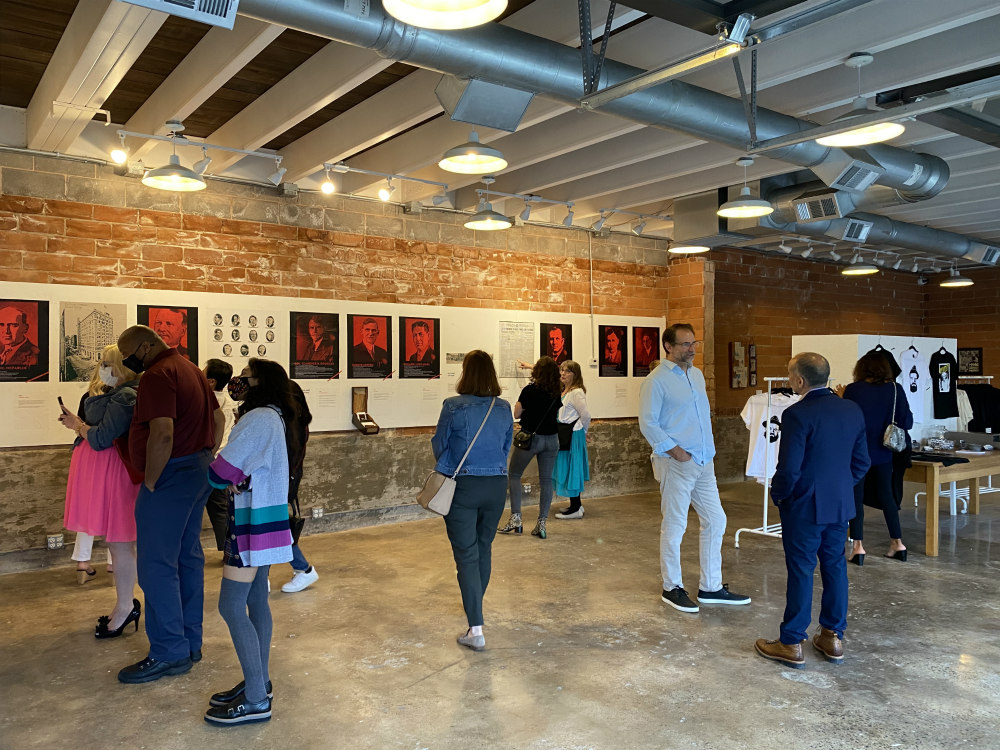
“And we’re producing a documentary telling the story of the public oversight committee for the mass graves investigation sharing their account of what happened over two years and how Tulsa continues to repeat history and the suppression of that community and their voice,” adds Chapman.
The desire to control the narrative has been evident, tragic is its continuity, which the Center for Public Secrets has recently traced with historian Randy Hopkins in the city’s redress of the massacre’s mass graves. “You can actually draw a parallel to how the city handled the mass graves historically to how the city is documenting and handling the current mass graves investigation. It is just this continuum of history,” and so within that Chapman asks, “how can we learn and understand from that? … I really do wish that the city would realize how it could actually work out for us if we did something counter to what we’ve done in the past. I think a lot of folks are nervous about what might happen, but for us, we’d like to take a look at some of those institutionalized ideas.”
Center for Public Secrets is a reminder that history is never fixed and is therefore never behind us but rather always with us and in front of us, and it is up to us to determine what that looks like. In a moment where accountability and transparency could actually help one’s image, the short-sighted desire to control the narrative might maintain the status-quo, but it also maintains the negligent narrative of covering up and reburying the responsibility for atrocities. Therein, the Center for Public Secrets is also an invitation and a challenge to other institutions, and the institutionalized, to explore and embrace counter narratives. Evolved in this spirit is their developing project, Ancestors to Ancestors [working title], which invites ancestors of both the victims and the perpetrators of the Tulsa Race Massacre to come together in multiple ways to have critical conversations about the history of the city and engage those who might not otherwise, recruiting one person at a time.
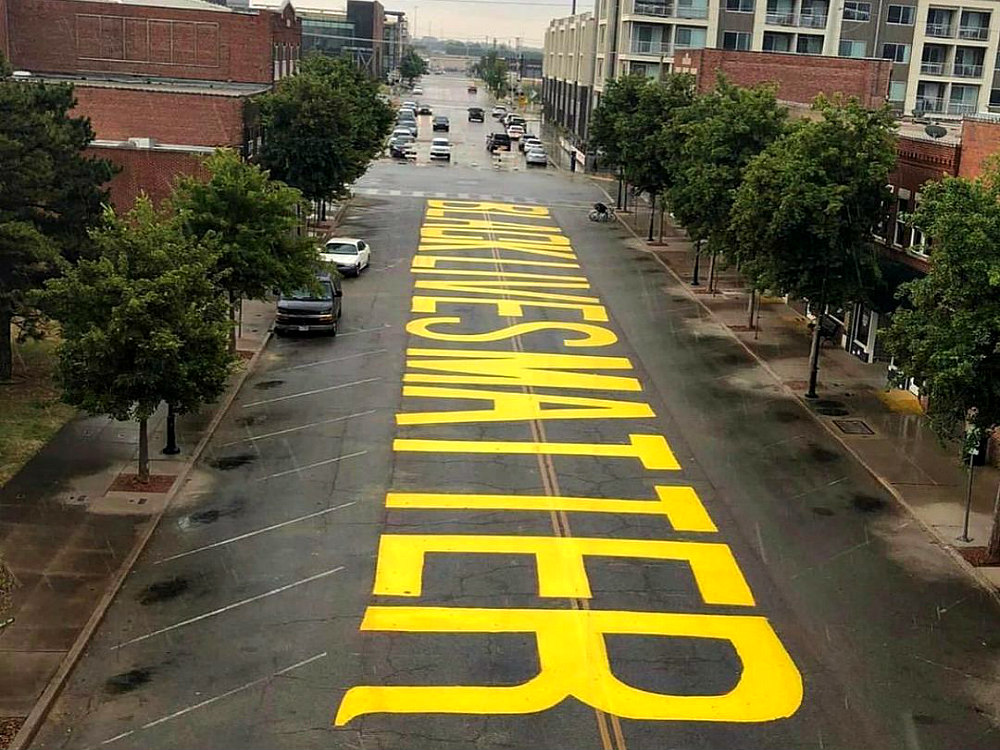
“We know many of the ancestors and descendants of the victims of the Tulsa Race Massacre, but not the perpetrators. We are working to find those ancestors to have very informal, real conversations so folks can gain deeper understanding and empathy. One of the difficulties is encouraging ancestors to come forward.” Fundamental to this and what makes this space unique is “how we think about what conversation comes to life and in what sort of ways and how we collaborate with the community.”
I hope that the center becomes a historical cultural institution in the city of Tulsa that inspires the city to be better, that is looked upon as a truth teller, that is looked upon as an organization that loves Tulsa, and that their work helps make very tangible impacts to the city. If we do our job right it would be amazing to have a national group of Center for Public Secrets in every US city doing the same type of work to better their community, says Chapman.
Currently the Center for Public Secrets is very limited financially as they don’t want to be censored or be perceived as being censored based on funding sources. Fortunately, they have had some donations to start, and their first fundraising event is planned later this month to achieve operating overhead expenses as they explore grant options. But foremost, they have a lot of great volunteers. They hope to encourage people, and this younger generation, to become the next “history recovery specialists” inspired by bringing stories, something however serious or iconic or simply overlooked, and wanting to share it through their discipline, whether it’s journalism, art, song, installations and experiences, etc..
Or, as my brother would say, “So, this is what I do. I read about this stuff, research it, and drive around and find this stuff. Some people care. Some people don’t care. It doesn’t pay. It’s like horrible. I’m chronically unemployed. I’m obsessed …”
